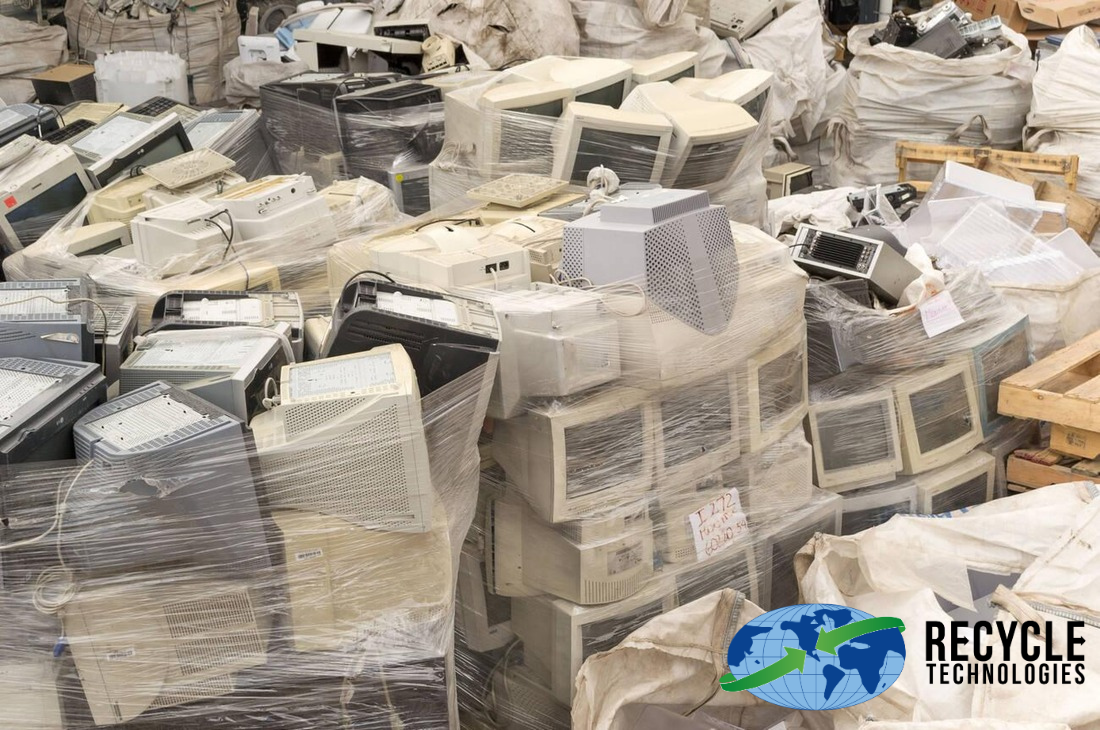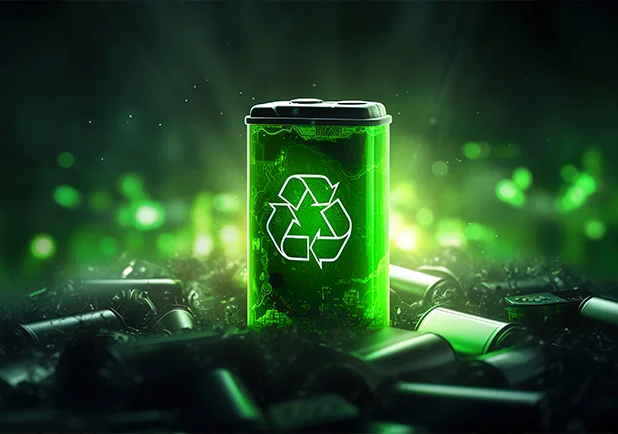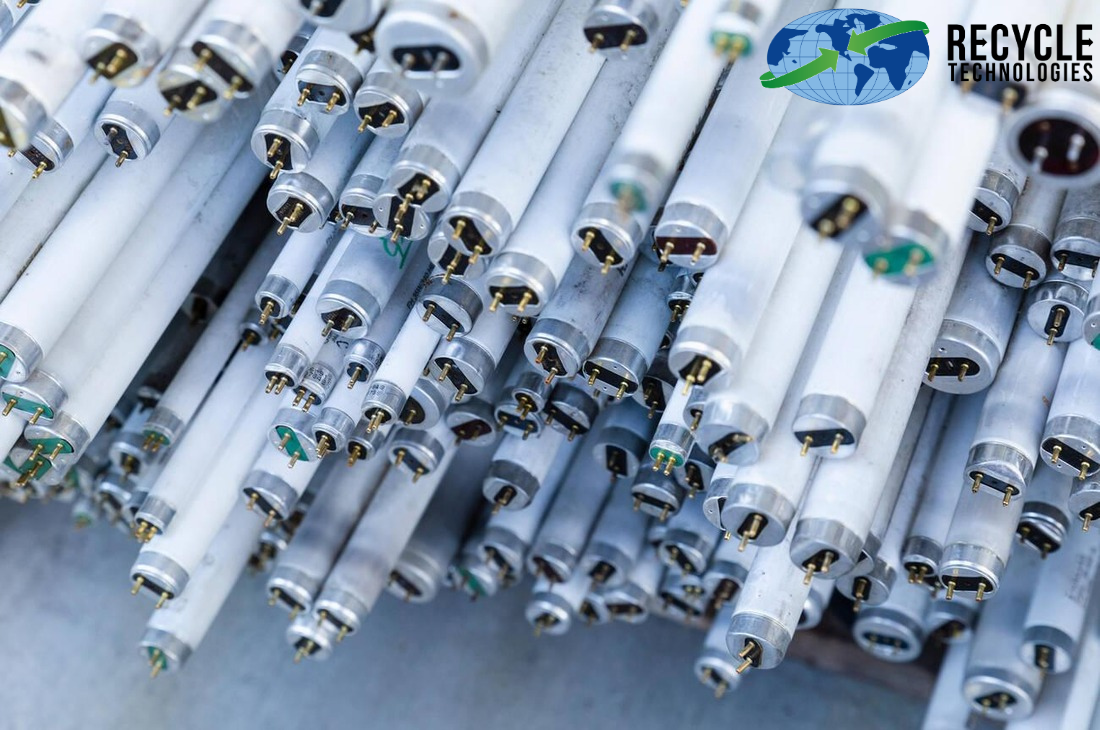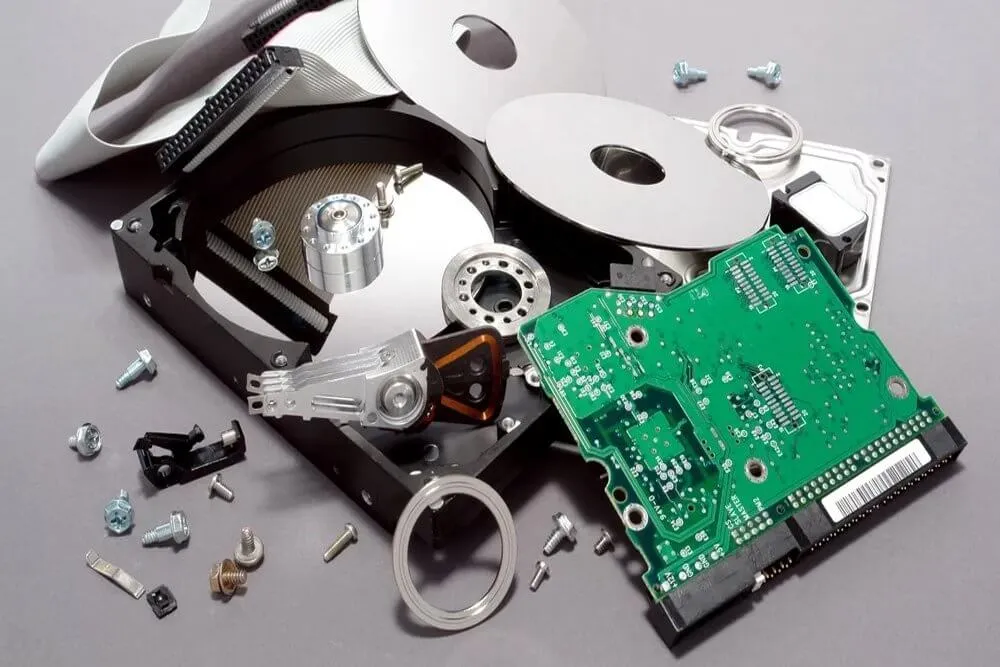Is your old computer monitor gathering dust in a closet destined for a landfill? This Earth Day, let's break the cycle of e-waste! Recycling your old monitor isn't a suggestion; it's a necessity. This guide will empower you to take action. We'll show you how to prep your monitor for recycling, find reputable drop-off centers, and explore alternative solutions. You'll also learn about important regulations to ensure your eco-friendly e-waste journey. Let's turn your outdated monitor into a force for good. Start reading and join the fight for a greener tomorrow!
The Importance of Old Computer Monitor Recycling
Old Computer Monitor Recycling is not just a post-Earth Day resolution but a crucial step toward addressing the throw-away mentality that impacts our environment severely. Here's why it's essential:
Environmental and Health Impacts
Toxic Elements:
Monitors contain harmful materials like lead, mercury, cadmium, and arsenic, which can leach into the ground and contaminate water supplies if not properly disposed of.
Hazardous Material Reduction:
Recycling reduces the volume of hazardous waste in landfills and incinerators, minimizing air and soil pollution.
Preventing Damage:
Improper e-waste disposal can lead to toxic chemicals damaging the soil and seeping into water sources, posing severe risks to human health and the ecosystem.
Economic and Resource Benefits
Economic Growth:
Old Computer Monitor Recycling programs can boost local economies by creating recycling and environmental management jobs.
Resource Conservation:
Old Computer Monitor Recycling allows for recovering valuable metals from electronics, reducing the need to extract finite natural resources.
Legal and Ethical Considerations
In many areas, it's illegal to dispose of e-waste in regular trash due to its potential environmental impact, making recycling not only environmentally but also legally necessary.
With old computer monitor recycling, you contribute to environmental protection, support economic growth, and ensure compliance with legal standards, all of which help mitigate the harmful effects of e-waste.
Preparing Your Old Computer Monitor for Recycling
Step-by-Step Instructions for Preparing Your Old Computer Monitor Recycling.
Unplugging and Cleaning
Begin by turning off your monitor and unplugging all cables, including DVI, HDMI, VGA, and the power cord. Dust the monitor thoroughly to ensure it is clean before recycling.
Transport Safely
Use a dolly or a rolling chair to carefully transport the monitor to your vehicle. Place the monitor face down on a towel or blanket in the car to avoid any movement that could cause breakage.
Safety and Legal Compliance
Inspect for Damage:
Check for spills or breaks that might complicate the old computer monitor recycling process. Ensure the monitor is safe to handle and transport.
Legal Disposal:
Familiarize yourself with local laws regarding e-waste disposal to ensure compliance with regulations, avoid potential fines, and support environmental protection efforts.
By following these steps, you contribute to reducing e-waste and support the post-Earth Day initiative to combat the throw-away mentality, promoting environmental sustainability and responsibility.
Finding the Right Recycling Center
Even after Earth Day, tackling our throw-away culture is essential. One key step is finding the right center to recycle your old computer monitor. Here are some options to consider:
E-Waste Recycling Centers and Programs
- Local and State Programs: Utilize resources like the RTI Electronic Waste Recycling Program, which lists approved e-waste recycling centers. These centers provide essential details such as services offered, operating hours, and potential costs.
- Specialized Services: Companies like Recycling Technologies offer comprehensive recycling services, including hard drive destruction and materials recovery, catering to both individual and corporate needs.
Selecting the Right Center
- Certifications and Compliance: Check that the recycling center adheres to local and federal regulations to avoid improper disposal penalties.
- Services Offered: Ensure the center accepts the type of monitor you have, as some, like CRT monitors, require special handling due to toxic substances.
By choosing the RTI recycling center, you contribute to environmental protection and uphold the spirit of Earth Day by reducing e-waste and promoting sustainability.
Understanding Regulations and Certifications
Annual Inspections and Training
E-waste handlers are required to provide both initial and annual refresher training for all personnel involved in managing electronic devices.
Recordkeeping and Hazardous Waste Management
If a facility receives a load of hazardous waste that is not universal waste at the time of drop-off, it must manage it as hazardous waste and notify the Department of Toxic Substances Control (DTSC) via email. Furthermore, e-waste recyclers must adhere to stringent recordkeeping and treatment standards as part of their operational compliance.
Certification Standards for Electronics Recyclers
Third-Party Certification Encouragement by EPA:
The Environmental Protection Agency (EPA) encourages all electronics recyclers to become certified by demonstrating compliance with specific standards through an accredited, independent third-party auditor. This certification ensures the safe recycling and management of electronics, which helps reduce environmental and health impacts from improper recycling.
Recognized Certification Programs:
The R2 Standard for Electronics Recyclers and the e-Stewards® Standard for Responsible Recycling and Reuse of Electronic Equipment© are two prominent certification standards in the United States. These programs certify that electronics recyclers meet stringent requirements to safely recycle and manage electronics, thus promoting environmental sustainability and reducing the need for virgin material extraction.
State-Specific E-Waste Regulations
In the United States, electronic waste disposal laws vary significantly by state. As of 2017, twenty-five states have mandated recycling for certain types of electronics, with seventeen states explicitly banning these items from landfills. This variability underscores the importance of understanding local regulations to ensure legal compliance and support environmental protection efforts, particularly in the context of combating the post-Earth Day throw-away mentality.
Final Words
Old computer monitors hold environmental, health, and legal risks. Recycling them combats our throw-away culture and safeguards Earth's future. Prepare your monitors, find responsible recyclers, and explore alternative uses. Working with reputable companies like Recycling Technologies ensures your e-waste is handled sustainably. Let's build a greener future through responsible recycling!
FAQs
Why are monitors difficult to recycle?
Monitors can be challenging to recycle because they often contain glass that is made or coated with hazardous materials. For example, the glass in cathode-ray tubes is coated with lead, which enhances image quality and provides radiation shielding. However, lead is hazardous as it degrades over time, potentially contaminating soil and groundwater.
Is it possible to recycle computer monitors that have cathode ray tubes?
Yes, computer monitors with cathode ray tubes (CRTs) can be recycled. The Environmental Protection Agency (EPA) recommends repairing and reusing CRTs as the most responsible management methods. If repair and reuse are not feasible, recycling is the next best option.
What are the recommended ways to recycle of an old computer monitor?
To recycle of an old computer monitor, consider the quantity you need to recycle. For individual monitors, returning them to a retailer might be the easiest option. If you have multiple monitors, consider organizing a recycling drive at your workplace. You can contact an e-waste recycler who will provide a truck for collection. Promote the event locally to include various electronic items and enhance community participation in recycling efforts.












